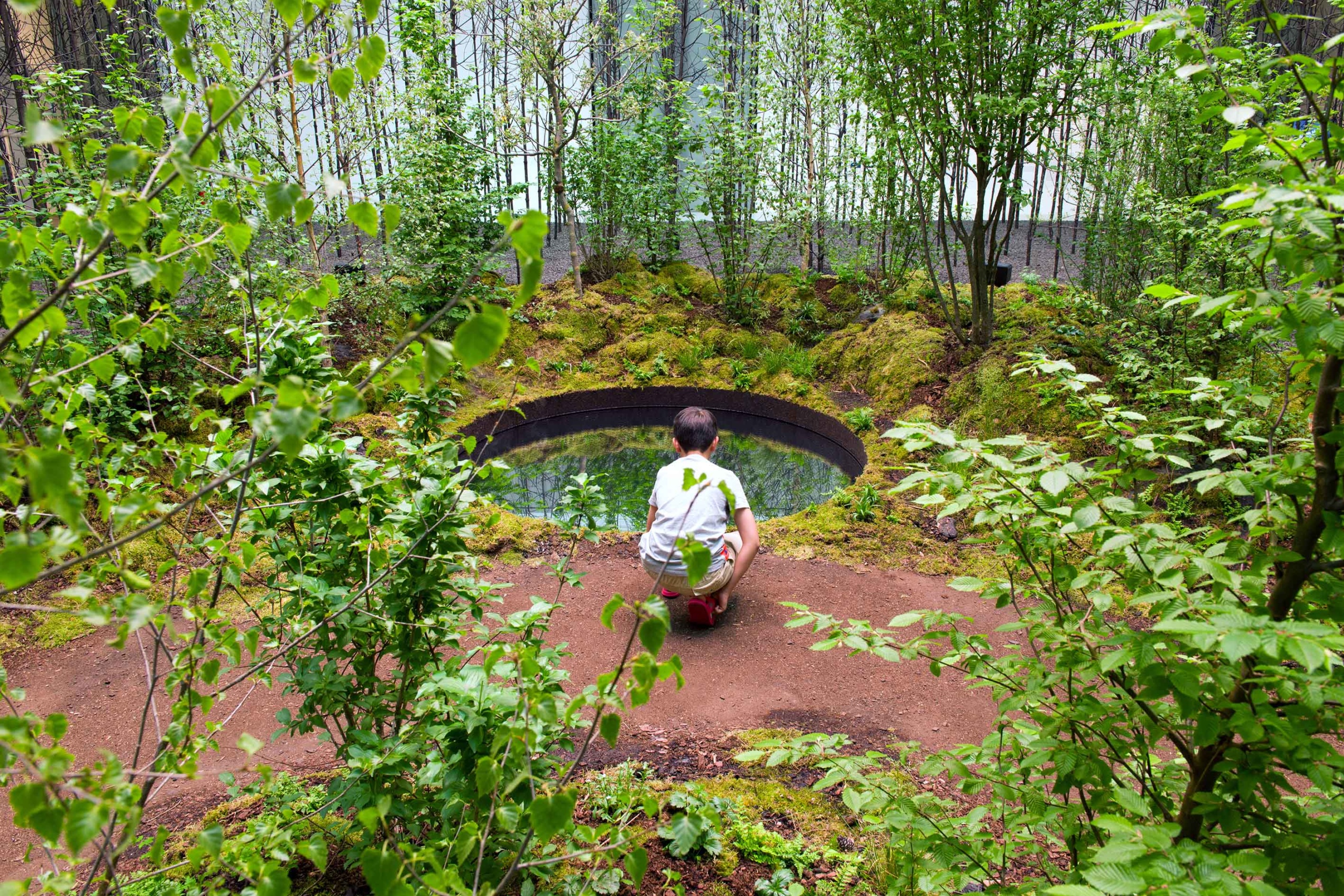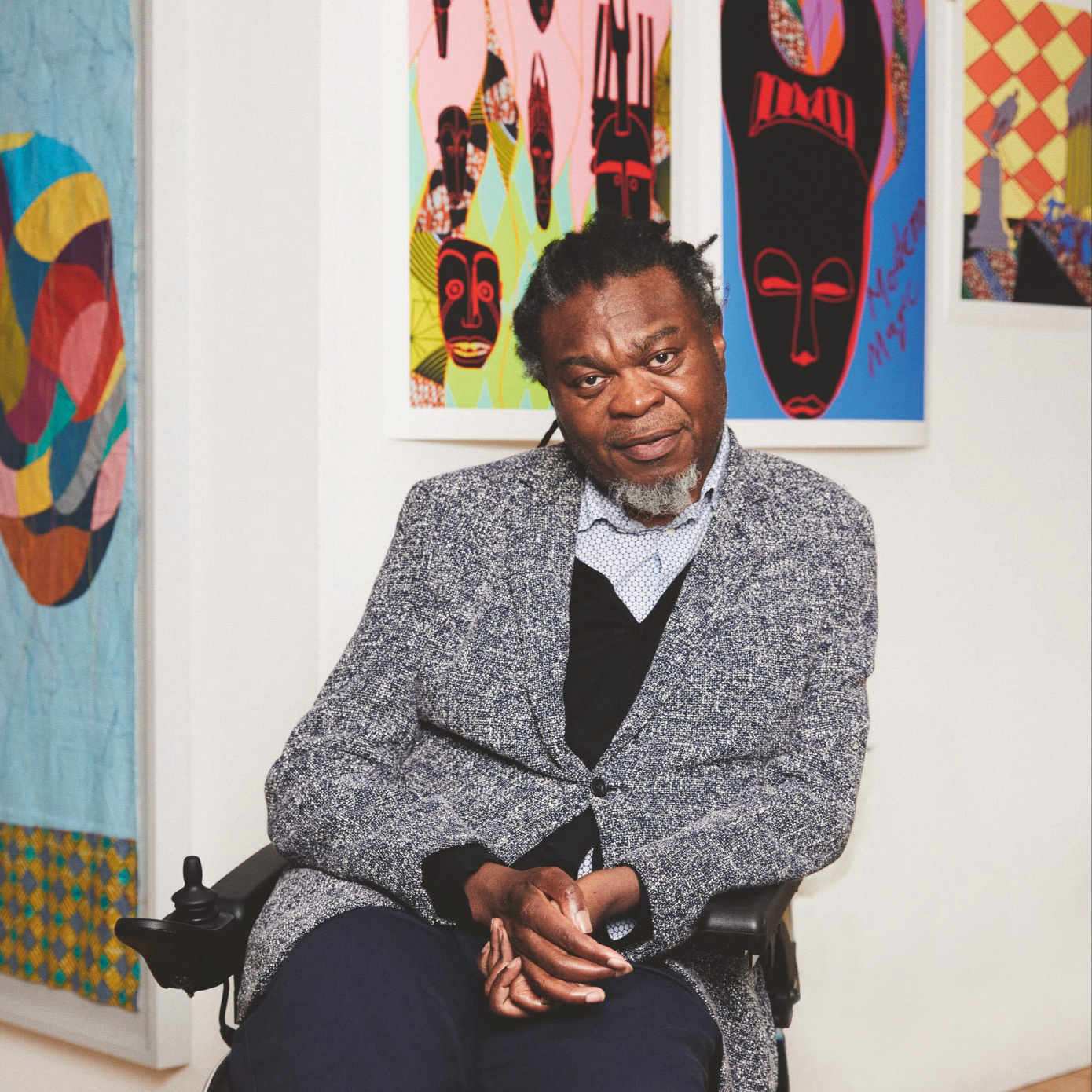
Once the seat of an internationally influential community that placed action over doctrine, Vienna’s creative history provides an enriched and fertile foundation upon which its current swell of artists, designers, engineers and architects seem to be furiously building with a similar action-over-doctrine attitude. Vienna is currently the fastest growing capital in Europe, and you can feel it on the ground. Perhaps that was what made the current iteration of the Vienna Biennale for Change at the Museum of Applied Arts (MAK) feel particularly potent.
The multi-pronged exhibition, which is hung under the title “PLANET LOVE. Climate Care in the Digital Age,” balks any disciplinary lines or preoccupations with identifying the best and brightest. It looks seriously at the dim predictions of the future and what we can do as individuals and collectives to heal and maintain our fragile environment and thereby ourselves. When held up in the light of the adage that small-minded people talk about people while big people talk about ideas, the biennial’s omnivorous appetite feels refreshingly progressive if not completely daunting.

With such a large scope of interests, one can imagine the challenge in organizing and compellingly condensing such an unwieldy premise into something ultimately parenthetical. As a result, curator Marlies Wirth and her team decided to take the practice of reducing and recycling seriously by pulling upon work in existence and assembling it into new relationships. “There are so many exciting projects out there already,” Wirth asserts. “We have the responsibility to take action using our knowledge—Western and Indigenous—and tools—practical or emotional—to achieve a turn of events. This is where the notions of planet love and climate care came from: we need a new mindset of interdependence, to create the basis of our actions. With care-work in mind (instead of “smart” and “for profit”), the designing of our shared planetary futures has a far more promising baseline.”
In the high-ceilinged halls of the MAK, this plays out as a kind of living encyclopedia with tables laden with images, books, videos and select objects contextualized with huge informational banners that hang from the rafters. Wirth tells me that these oversized scrolls were conceived by Paris-based designers Ruedi and Vera Baur, and allowed for science, activism and cultural touchstones to have bodies within the art exhibition contact. “Since design is much more than products, the project banners allowed us to represent concepts and tools rather than just objects, and this is an important step in mediating,” Wirth says. “It is a very dense show, but this density also gives hope: there are a lot of ideas and visions and prototypical projects that can be implemented, scaled and evolved!”

The saturation of the show made me initially focus on what was familiar. My first go around I zoomed into earthworks I know by Ana Mendieta and Agnes Denes. I also spied my well-loved and now in vogue Enzo Mari book which shares DIY ways to make the late Italian iconoclast’s simple plank furniture into perpetuity. My second spin I held onto the spare objects in the mix including native Viennese artist Sophie Gogl’s painting. Flatly rendered, Gogl's slurry of everyday organic and impeccable artificial art helped illustrate the Biennial’s desire to hammer home the interdependency that structures our reality. Like bookmarks, these pauses within my route gave body to moments of connectivity where the aesthetics and actions matched the texts and ideas being shared.
As with a tome, the exhibition is split into curatorial chapters. The climax was undoubtedly Invocation for Hope (2021), the SUPERFLUX commission which transformed one of the MAK’s central atria into a charred glen with a mirrored pond in its center. Made from 400 trees recently incinerated in a wildfire, this immersive installation is at once a snapshot of our catastrophic trajectory and a symbol of hope. It is also the sole moment in the show where Instagram feels like it's being invoked as a distribution system for sentiment. Is this art’s potential contribution to the cause?

As Wirth explains: “The role of the arts in climate care must not be underestimated. Art has the potential to change our perspective and trigger our imagination towards the unthinkable, visualize the impossible and make us think critically about tough topics. Contemporary artists are also increasingly interested in climate change and climate care regarding their own practice. Many artists in the show such as Julian Charriere, Adrien Missika, Thomas Wrede, Xandra van der Eijk, Edgar Honetschläge or Andreas Greiner use their practices and influences to contribute actively whether that’s by planting a tree for every solo-exhibition or by documenting the melting glaciers or traveling by train instead of flying.”
Nowhere in the show does this idea come to life as much as in Foster: the Water and Soil Residency, one of the satellite shows in the MAK’s basement, which used a gardening cooperative project initiated by Angelika Loderer (an Austrian artist who will be featured in the New Museum Triennial come fall) as the premise for a more traditional group show. During the pandemic, Loderer sent out invitations to fellow artists in Vienna to participate in a project that would take them slightly beyond the city into the farmland where she would provide space for each participant to grow and harvest their own food and flowers. The people involved were not selected because of their shared aesthetics but more so by their openness to take on something as labor intensive and communally minded as gardening, so when Wirth proposed to Loderer that they take the concept to the museum there was no way to know that the final presentation would feel as cohesive as it did.

Craving more culture? Sign up to receive the Cultured newsletter, a biweekly guide to what’s new and what’s next in art, architecture, design and more.




